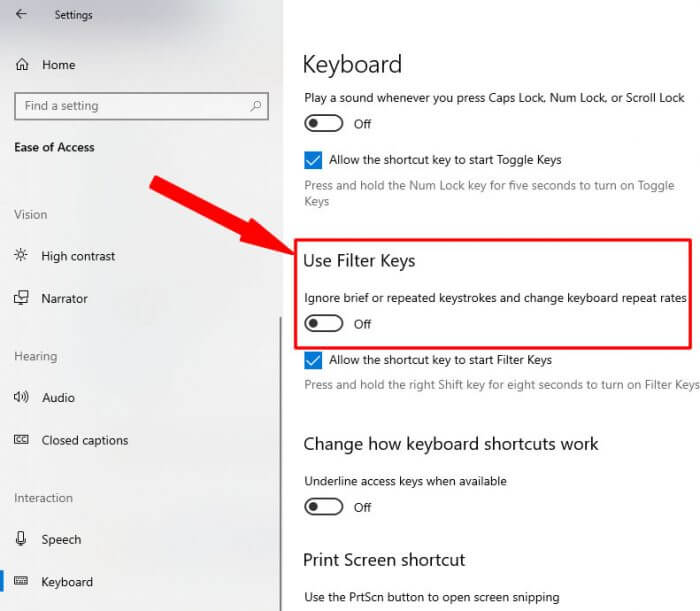

USB flash drive, mobile HDD, Card Reader…), so as to improve the office efficiency and save time.Ībout the defects of Windows built-in safely remove tool, when using multiple hotplug devices, it is often very difficult to identify which devices need to be stopped, because most devices have the same name: “ USB mass storage device“. It allows to quickly and easily scan, modify, rename, stop, remove or even return back any kind of USB device (e.g. If you use external drives with a lot of data on it and performance is important, you may as well be safe and always eject it properly.USB Safely Remove is the only best alternative USB manager to the native Windows safe removal tool (or Devices and Printers) in system tray (or control panel) for now. When it comes to smaller USB drives, you should always quick removal policy as long as you’ve let any transfers complete. On that note, Microsoft recommends you to use the safely remove hardware option. With better performance (caching) enabled, it’s very likely that that data will be tied up with some background process on your PC. When you use the second policy, Windows can cache write operations to the external device and apps will work smoothly if they had already written the data. This ensures that caching is disabled and it’s safe to remove the drive.īut remember that this may degrade system performance.

If you see that “Quick removal” is the default, you’re good to go and you can close the window. In the Properties tab, head to the “Policies” tab, and you’ll find two options - Quick removal and Better performance. To do this, open the Disk Management tool and right-click on your USB drive, and select “Properties,” then open the “Hardware” tab, and open “Properties” again. Since each storage device has its own specific policy setting, you can ensure that caching is disabled if you want to quickly remove your USB drive. By default, Windows uses Quick Removal, so you can remove your drives safely. Quick Removal could reduce the risk of data corruption if you like to pop USB drives out at your leisure. By default, Windows 10 is set to use the “quick removal” policy that ensures devices can be disconnected from your computer directly.Īnother option is “Better performance” that improves performance but requires you to use the “Safely remove hardware” option. Windows comes with different policies you can select for USB storage devices. How to never use the “Safely Remove” option again on Windows 10

If you do that, you’ll obviously corrupt that data regardless of the caching system, but that’s a no-brainer. By default, Windows 10 allows you to remove the device without using the eject process – as long as you don’t remove a drive while transferring data.


 0 kommentar(er)
0 kommentar(er)
